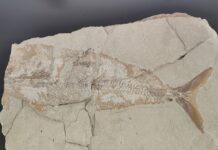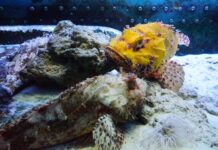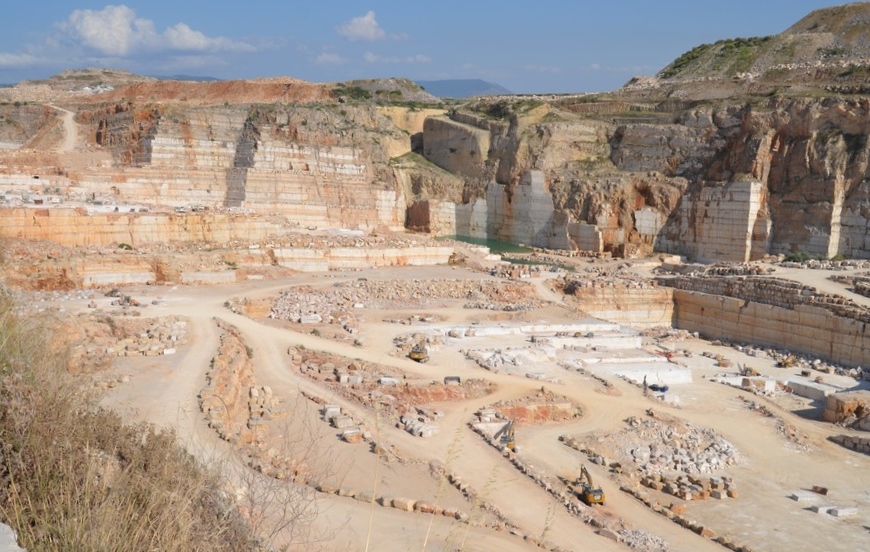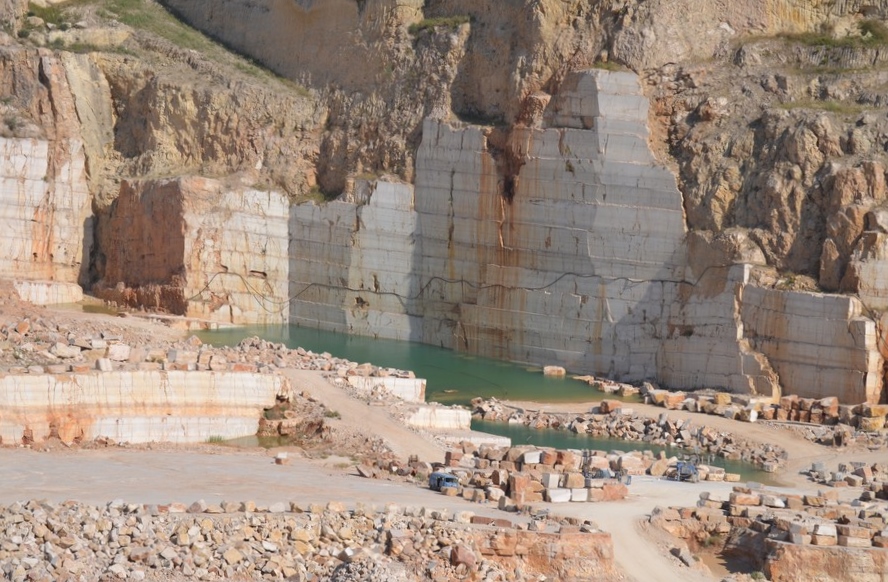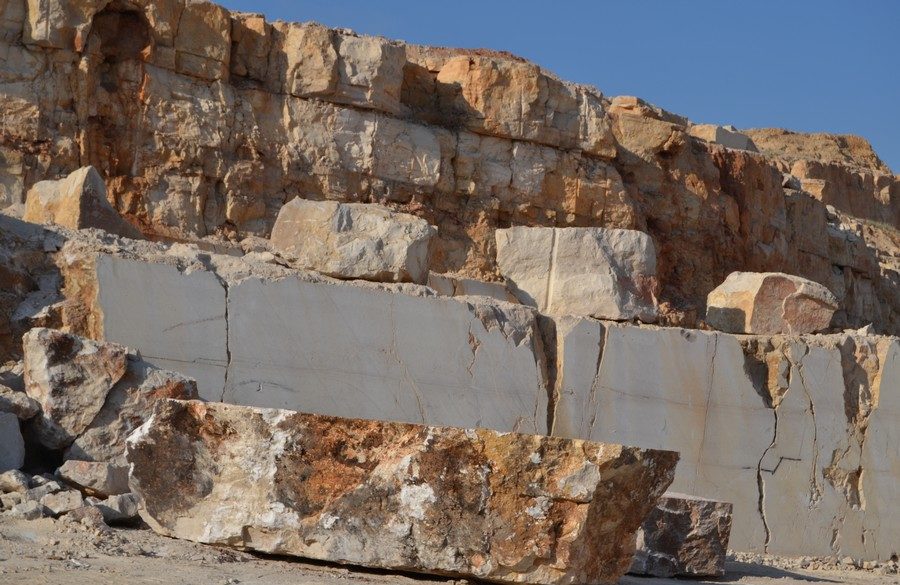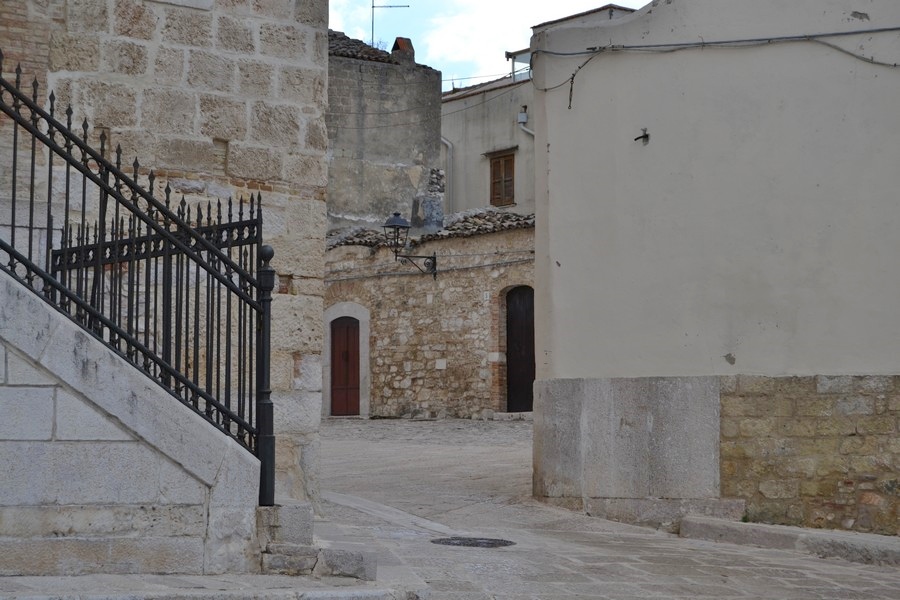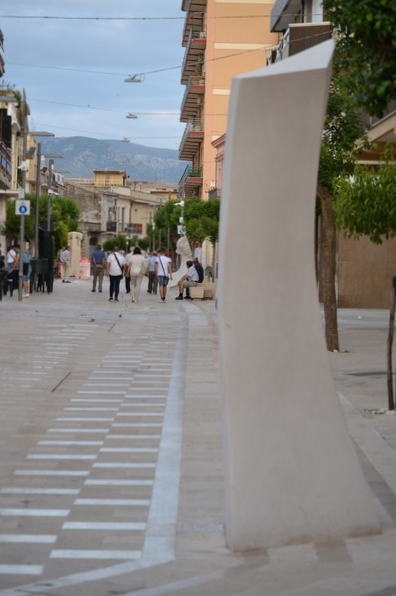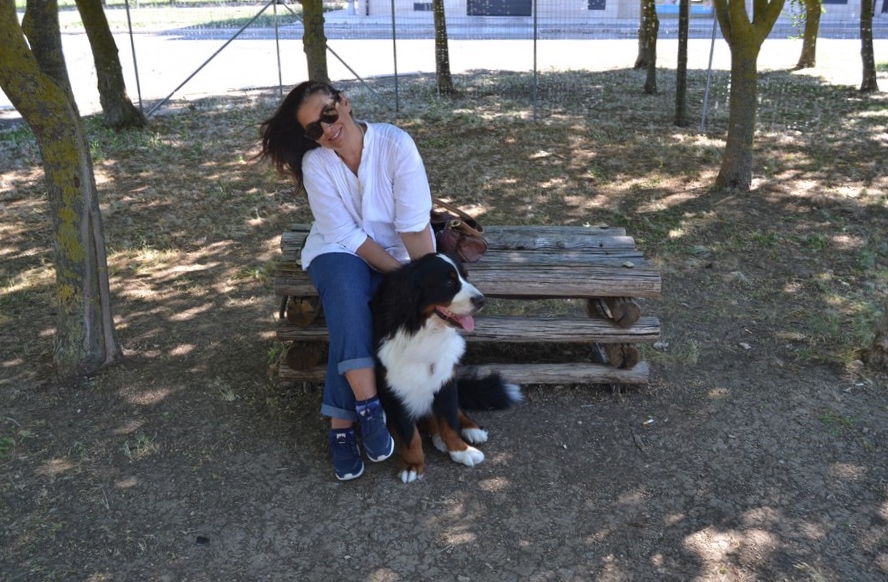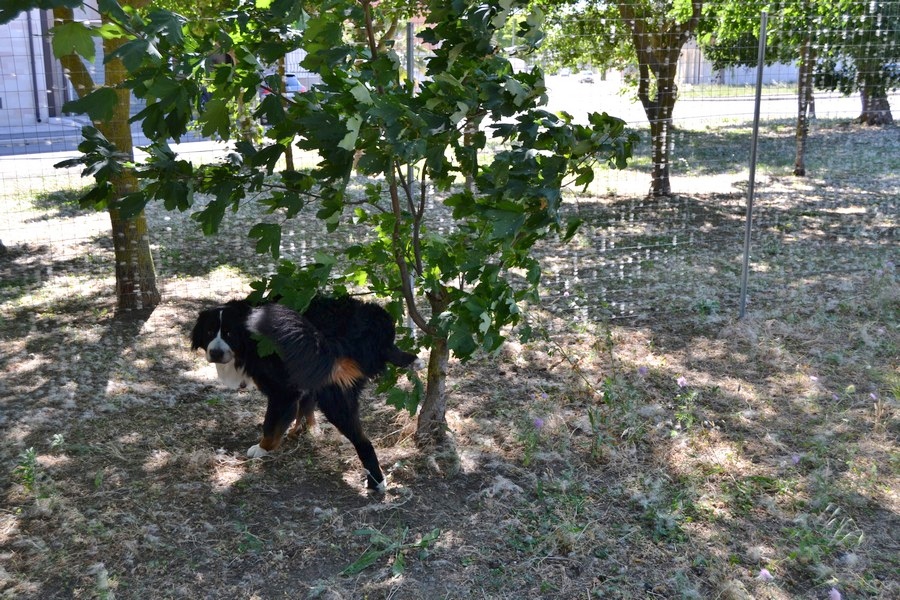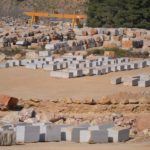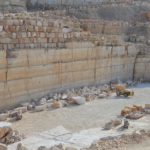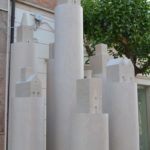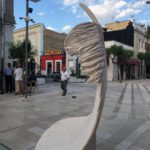Apricena, a town nestled between the first layers of the Gargano, the mirror of Lake Lesina and the sea, boasts an ancient and long history. Here, in fact, in an area called Pirro Nord, which today is located in the complex of quarries owned by the Franco Dell’Erba Group, there is a site where were found the oldest lithic artifacts in Europe, dating back to 1,500,000 years ago.

History engraved in the rock
Today the village is famous for its link with the stone, which finds its roots in the very origin of the city, which has always been the center of extraction and processing of this prized material, the cornerstone of the territory’s economy deeply linked to the marble sector, to transformation into buildings for construction, architecture, street furniture and the artistic sector.
But in the past it was chosen by Federico II as the seat of one of his Domus. In fact, it is said that the one of Apricena was one of the emperor’s favorites, both for its proximity to the capital and to the Lucera saracenorum, and for the amenity of the places, surrounded as it was by woods and forests, and rich in water and springs and near the lagoon for supplies from the “piscariae” and for the satisfaction of his hunting passion.

In fact right here among the hills of Castelpagano it is probable that Federico conceived and began to experiment his “Ars venandi cum avibus”. Also the name of the city owes to a legend linked to the Swabian who traces its foundation back to the rich banquet prepared by the emperor based on flesh of the enormous boar he hunted in the surrounding woods: hence the name Apricena which derives from the Latin Apri coena and the motto taken from the inscription of the tombstone, dating back to the 13th century, set in the Clock Tower, which on the first line contains the phrase “Cena dat et aper nomen tibi Apricina”.

 Moving from myth to history, some documents such as the Diploma of 1230 attest to the special privileges granted by Frederick II to the Apricenesi relating to jus legnandi, jus pascendi and the authorization to having the fair on Wednesday of each week. This leads us to think that Apricena constituted an particular administrative entity different from the others in the territory given that it was considered royal land and was excluded from any donation to dukes and barons.
Moving from myth to history, some documents such as the Diploma of 1230 attest to the special privileges granted by Frederick II to the Apricenesi relating to jus legnandi, jus pascendi and the authorization to having the fair on Wednesday of each week. This leads us to think that Apricena constituted an particular administrative entity different from the others in the territory given that it was considered royal land and was excluded from any donation to dukes and barons.
So much to be authorized together with the most important cities of the Kingdom of Sicily and of southern Italy such as Syracuse, Messina, Reggio, Potenza, Brindisi, Naples, Capua and Taranto to send two of their representatives to the General Parliament held in Foggia on Palm Day of 1240.

But nothing remains of the prestige that the city enjoyed during the Frederick period. The devastating earthquake that destroyed most of the Capitanata centers in 1627 caused the collapse of almost all the buildings as well as the death of 900 citizens, almost half of the population of the time.

Few things were saved: in the village the stone Cross of Piazza dei Mille and the Pozzo Salso on the outskirts, on the Via Sacra Langobardorum which passes through Apricena and then leads to the Tratturo Regio.

What we now admire in the center of the country, the Palazzetto Baronale of Principi Brancia, built in 1658, had Don Scipione built thirty years after the terrible earthquake of Sant’Anna, as was defined in 1627 on 30 July of that year, is the third “dress” of a manor which in the first version dates back to the time of the Normans. The castle of Apricena has three towers, two Norman and one circular square. Only one of the two quadrangles is visible as it has been used as a clock tower over time.

From the top of the Clock Tower you have a more precise idea of the dwelling that develops around a courtyard with a cistern and that today, after having undergone various alterations due to the splitting of the same, is privately owned and therefore not open to visitors.


Already Frederick II had to adapt the construction of his Domus to what was already found in ruins and that of Apricena is perhaps the only one in which the towers are not perfectly aligned with each other, like all the other castles built by the emperor, because the Normans they already found the Church of San Martino and had to build on a shape that was not perfectly rectangular but square. This is also attested by a map with the design of the original walls that remained at about 4-5 meters below the current level.

 In front of the baronial building is the House of Culture which houses the municipal library, the historical archive and the media library dedicated to Frederick II.
In front of the baronial building is the House of Culture which houses the municipal library, the historical archive and the media library dedicated to Frederick II.
Inside the palace, built in the XVIII century by the Paolicelli family, you can also admire the Civic Museum with thematic itineraries on the Middle Ages and on the significant figure of the Emperor Frederick II, as well as the collection of finds and lithic artefacts found during the excavations of Pirro Nord, considered as the oldest evidence of human presence in Europe.
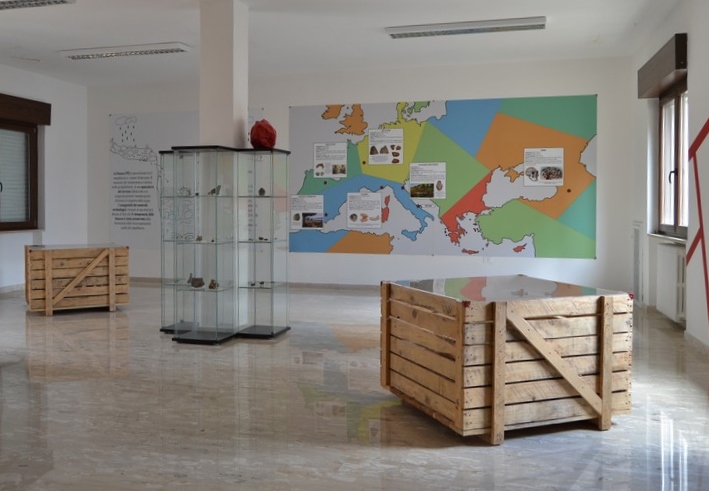
But not only: their importance is due above all to the fact that they validate the hypothesis that hominids arrived in Europe from the East and not from the Strait of Gibraltar as previously hypothesized.
 The excavation campaign, begun in 2006 and conducted by the University of Ferrara, is still ongoing and every year confirms how much Apricena has been visited and inhabited since ancient times. Even the Greeks did not remain unharmed with respect to its charm and it is said that Diomedes was passing through, on his way to the Tremiti also called Diomedee, like the seagulls that populate them and emit particular garrites, similar to the whimpers of a child. And also to Greek migrants we owe the first urban development of the village that here founded the village of Collatia.
The excavation campaign, begun in 2006 and conducted by the University of Ferrara, is still ongoing and every year confirms how much Apricena has been visited and inhabited since ancient times. Even the Greeks did not remain unharmed with respect to its charm and it is said that Diomedes was passing through, on his way to the Tremiti also called Diomedee, like the seagulls that populate them and emit particular garrites, similar to the whimpers of a child. And also to Greek migrants we owe the first urban development of the village that here founded the village of Collatia.
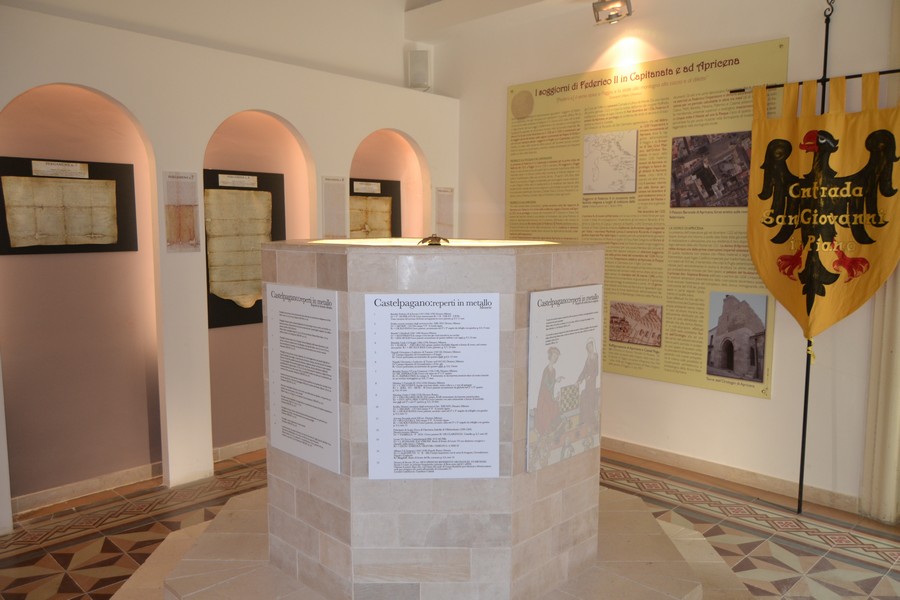

Later on it was the home of Schiavoni and Albanesi and after the period of Frederick II, surely that of maximum splendor, in 1304 it became a fief of the bishop of Lucera and, still contended by the Aragons, French and Spanish, it passed from lordship to lordship.

The history of the city, from its origins to the present, is contained in the House of Culture where the sketches and miniatures of the Apricena stone works along Corso Roma, an open-air museum with the exhibition of sculptures, are also collected made by internationally renowned artists such as Giuliano Vangi, Ugo La Pietra, Francesco Granito and Cristian Biasci, who made the walk in the city center precious.

From the city’s salon we move to the outskirts where an area dedicated to our four-legged friends has recently been inaugurated: the Apricena municipal administration, in fact, wanted to think about the well-being of all.
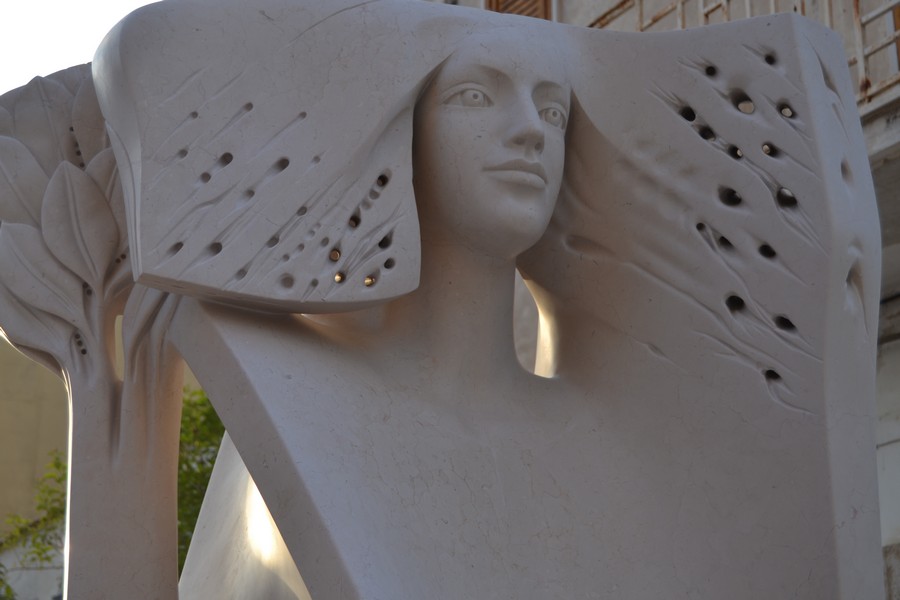

And if for the bipeds it becomes exciting to walk among the wonderful blocks of stone that adorn Corso Roma, dogs of all sizes can run around in the fenced areas available to them in the Dog Area – Equipped Riding Area thanks to the collaboration with the young people of “I Polli di Pirro” Association.
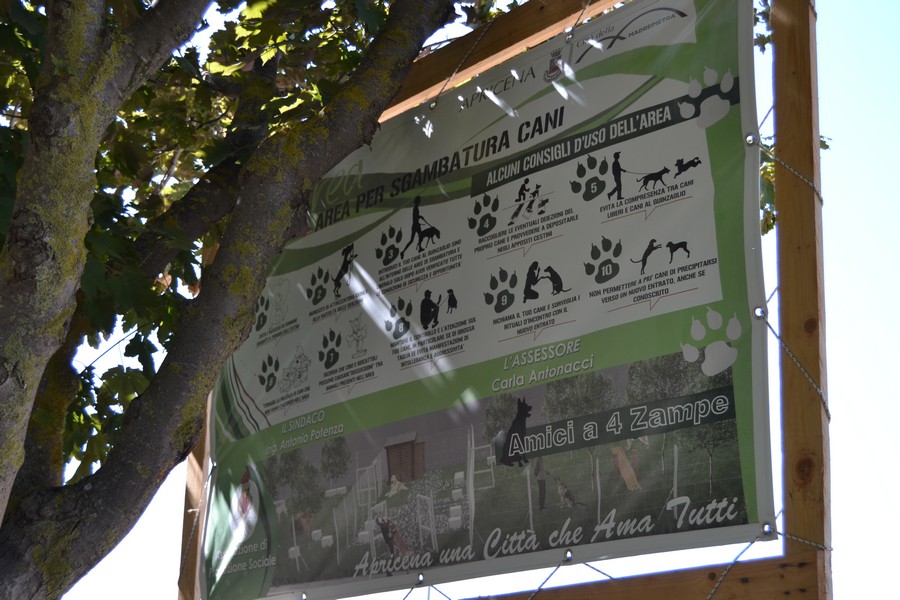
We were there too with our Otto accompanied by the Councilor for Culture Carla Antonacci and by the former deputy mayor Anna Maria Torelli who already with the previous administration had shown interest in the project of telling our Apulia in an alternative way.

In collaboration with the Municipality of Apricena

With the support of the Banca di Credito Cooperativo di Conversano




